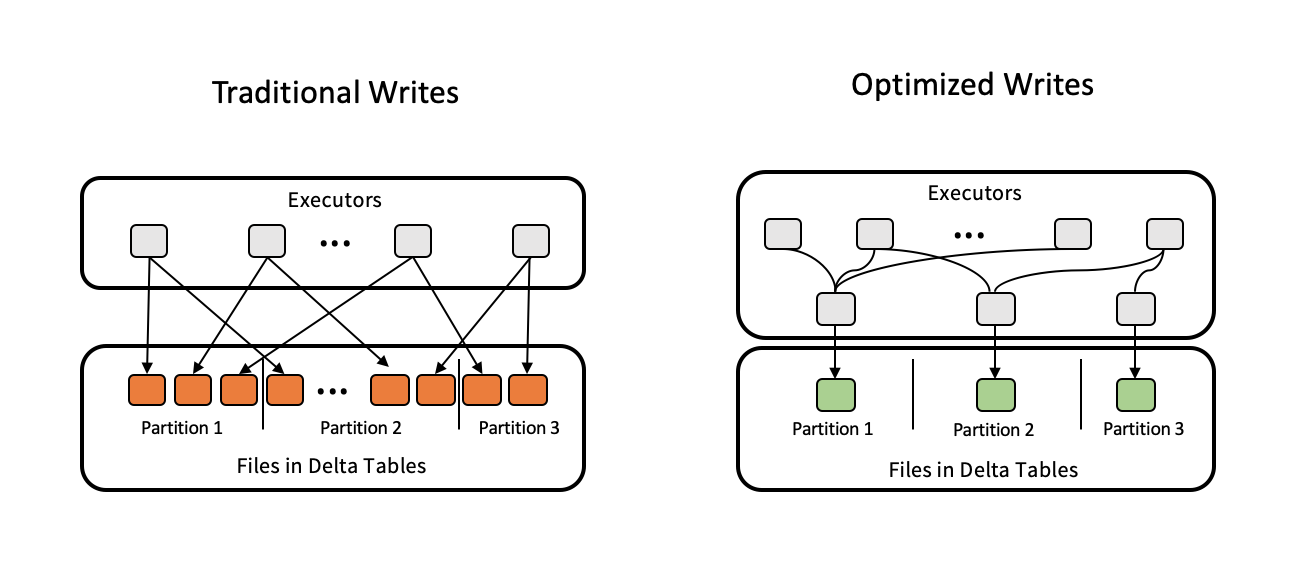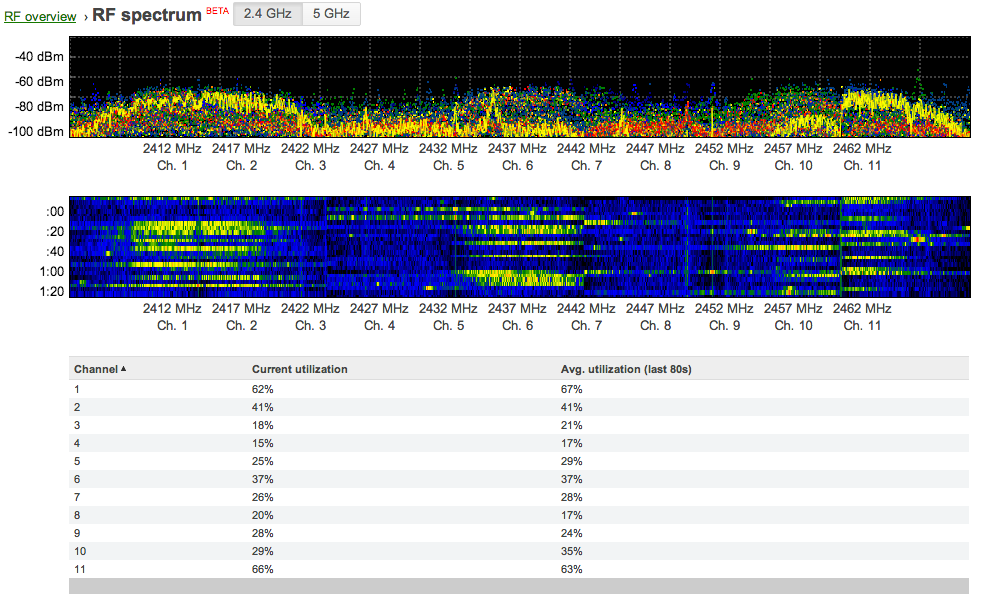
Sometimes I try out some workflow optimization and it doesn’t stick. Most importantly, I’ve actually stuck with it. It’s a simple thing that has helped me a ton and might help you. This is a pretty simple and obvious thing that I could have done years ago. See this image? The one right above? It was automatically optimized with Hazel and ImageOptim. We watch the Desktop folder and if the kind of file is an Image, open it in ImageOptim. For example, you can watch your Downloads folder, and if the type of file is a Movie, you can automatically move it to the Movies folder. It’s basically a watch task for macOS, with a UI to set up all the stuff you want it to do. I didn’t go down that road, though, because… Enter HazelĪ number of recommendations from folks turned me onto Hazel. Like putting the command into `~/.bash_profile` or something. I bet there is some trickery to avoid that. This wouldn’t be much different.Įxcept… that we’d need to gulp watch (or whatever) from the command line every time we restarted. A lot of us probably already do this with the web projects we work on. Then if an image file appears there, run an image optimization task. One way to approach this would be to set up a Grunt/Gulp/Webpack/Whatever watch task to watch the Desktop. What if we didn’t need to optimize images because any image that was on the Desktop was automatically optimized? That’s what we’re shooting for here. Making any image on the Desktop automatically optimized The Desktop is a convenient place, for me, for all that to happen. Perhaps it’s a screenshot that needs to get resized, then optimized, then uploaded somewhere, then deleted. Images are one of the most common things that end up there. I do whatever I’m doing with them, then move them away.

I use it both for my web and iOS work, but it was not until today that I made it even better. Things I’m actively using go on the Desktop. Hazel and ImageOptim for Easy Image Optimizations ImageOptim is a fantastic utility to reduce the size of your images without impacting image quality 1. Monotonous repetitive tasks are fertile ground for computerization, so let’s computerize it. If we’re taught one thing about images and the web, it’s that they should be optimized.įor me, that means dragging every single image onto ImageOptim before using it.

I work with images as part of blog posts, images as part of sites I’m working on, images headed to social media… images everywhere. It lets you modify any image, such as cropping, resizing, changing the format, and more. I’m forever trying to make my local image workflow easier. An image processing and optimization API offers a set of functions and tools to manipulate or change an image programmatically to use in your application or website for better SEO performance.


 0 kommentar(er)
0 kommentar(er)
